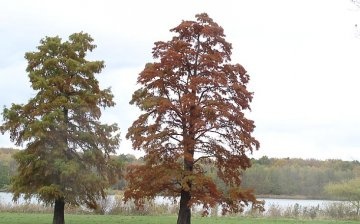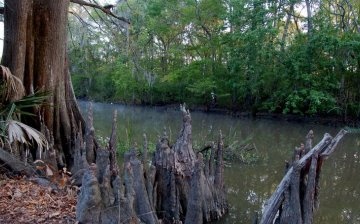Marsh cypress, its reproduction and use in landscape design
Swamp cypress rightfully belongs to the most ancient plants on earth - representatives of its family appeared on Earth about 140 million years ago. In ancient times, plants of the taxodiaceae family were widespread in Europe, Asia, and North America. Today, you can hardly find small forests where marsh cypress grows, they are mainly concentrated in Asia and North America.
The first representative of this plant species appeared in Russia in 1813, mainly in the Kuban, the Caucasus and the Black Sea coast.
The tree grows quickly, its height can reach 30-35 m, marsh cypress belongs to a coniferous plant. Throughout its life, the tree completely changes its crown, in young plants it has a pyramidal shape, over time it becomes more spreading. The age of the marsh cypress can reach 600 years. For the winter, the plant sheds needles and branch tips.
The plant loves very moist soils, an abundance of light. It is very sensitive to the purity of the air, and withstands low temperatures, up to -30 degrees, calmly.
Reproduction of swamp cypress
Marsh cypress is grown from seeds. With a transplant of a plant at an older age, difficulties may arise - the roots of the cypress are pivotal and very powerful. On the roots, the plant has unusual formations, bottle-shaped or conical in shape, which are called pneumatophores. They grow above ground level and form a hedge around the tree. Botanists suggest that it is thanks to these roots that the tree can grow in waterlogged, oxygen-poor soil.
Growing cypress on the site
First, it should be remembered that the needles of a cypress, depending on the season, change their color.
For cultivation in a landscape park, use:
- weeping,
- short,
- Mexican cypress trees, the last of which is semi-evergreen. The tree looks beautiful in a group, when creating an alley, near a reservoir and in a single planting.








